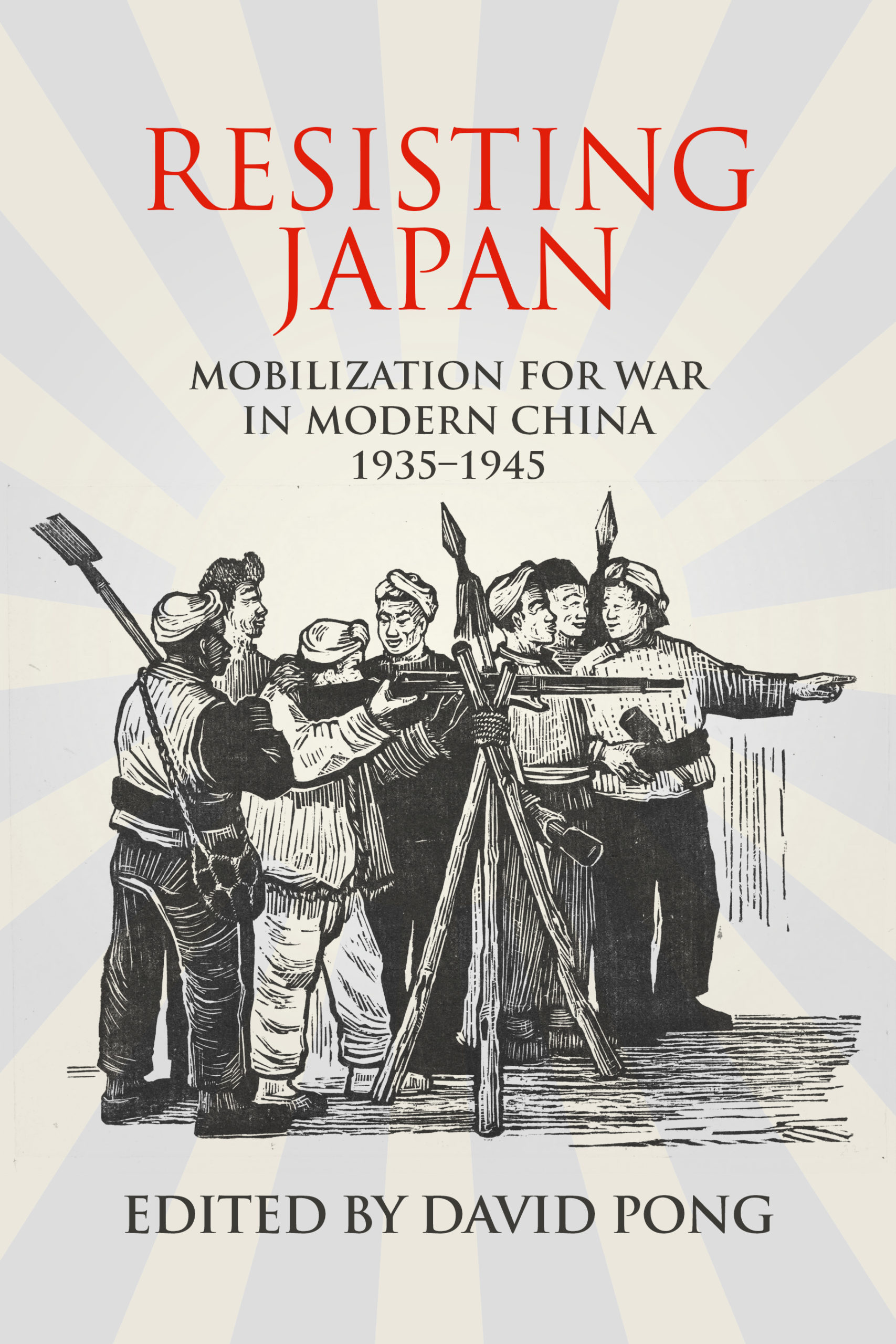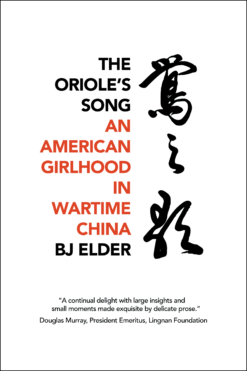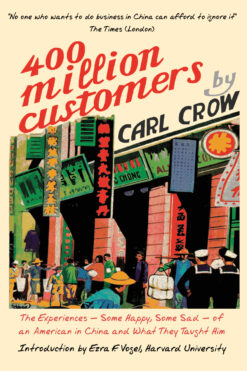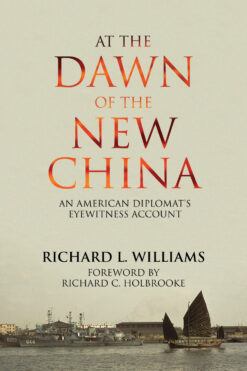Resisting Japan
Mobilization for War in Modern China, 1935-1945
Edited by David Pong
Eastbridge Books | April 2008 | 228 pages
![]() $19.99 (paperback) | ISBN
978-1-78869-035-5
$19.99 (paperback) | ISBN
978-1-78869-035-5
![]() $34.99 (hardback) | ISBN
978-1-78869-036-2
$34.99 (hardback) | ISBN
978-1-78869-036-2
We have temporarily suspended direct orders from our website while we address supply chain issues.
However this title is also available from:
Amazon
|
The Book Depository (worldwide)
Description
This book studies less-frequently visited aspects of the mid-20th century conflict between China and Japan. Without denying the importance of the more conventional genre of military history or the more recent efforts at analyzing the destructiveness of the War, it delves into various segments of Chinese society, including the state and the political parties, and examines the ways they mobilized their resources to fight Japanese aggression.
Unique among foreign wars in modern Chinese history, the Sino-Japanese War stands out not only as the longest war fought on Chinese soil, but also the longest confrontation in the run-up to it. The process dates back to at least the conclusion of the Russo-Japanese War of 1904–05, when the Japanese firmly established a foothold on the Chinese mainland in the Northeast (Manchuria). With a base on continental China, the Japanese could more easily infiltrate, penetrate, and occupy other regions of China, purposes that colonial Taiwan could not serve as well. The War and its prologue provoked at least as many forms of resistance as there were forms of Japanese aggression. If China’s military resistance was less than vigorous overall, the Chinese did mobilize often scant resources to oppose or undermine Japanese aggression with sporadic success. Besides fresh perspectives on the War, these studies further provide an important background to the contest for power after the War. To the extent that we are still living with the consequences of the War, the socio-political forces that came into existence during the period of resistance continue to have relevance.
About the Editor
David Pong is Professor of History at the University of Delaware and Director of its East Asian Studies Program. He received his PhD. From the School of Oriental and African Studies, University of London. Professor Pong is the Editor-in-Chief of the four-volume Encyclopedia of Modern China.
Related books
BJ Elder
| $5.99 | $14.99 | $24.99 |
| E-book | Paperback | Hardback |
Carl Crow
| $14.99 | $24.99 |
| Paperback | Hardback |
Frank Gibney
| $19.99 | $34.99 |
| Paperback | Hardback |
Richard L. Williams
| $19.99 | $34.99 |
| Paperback | Hardback |






